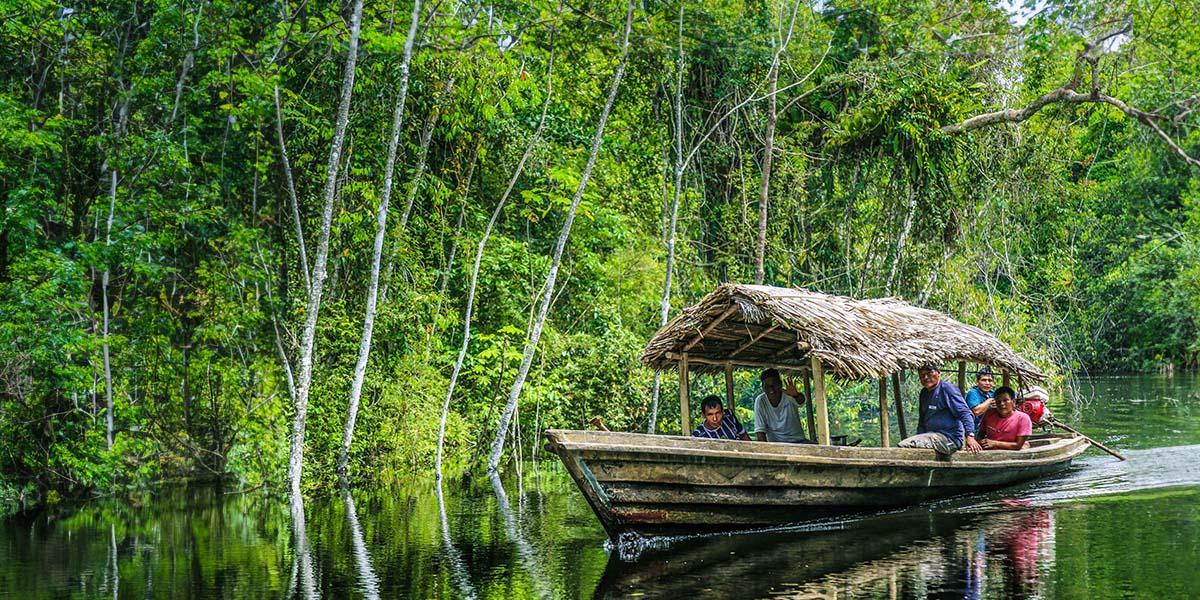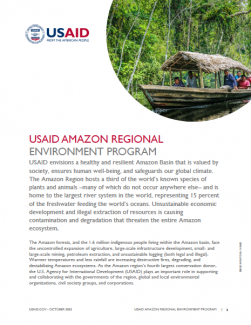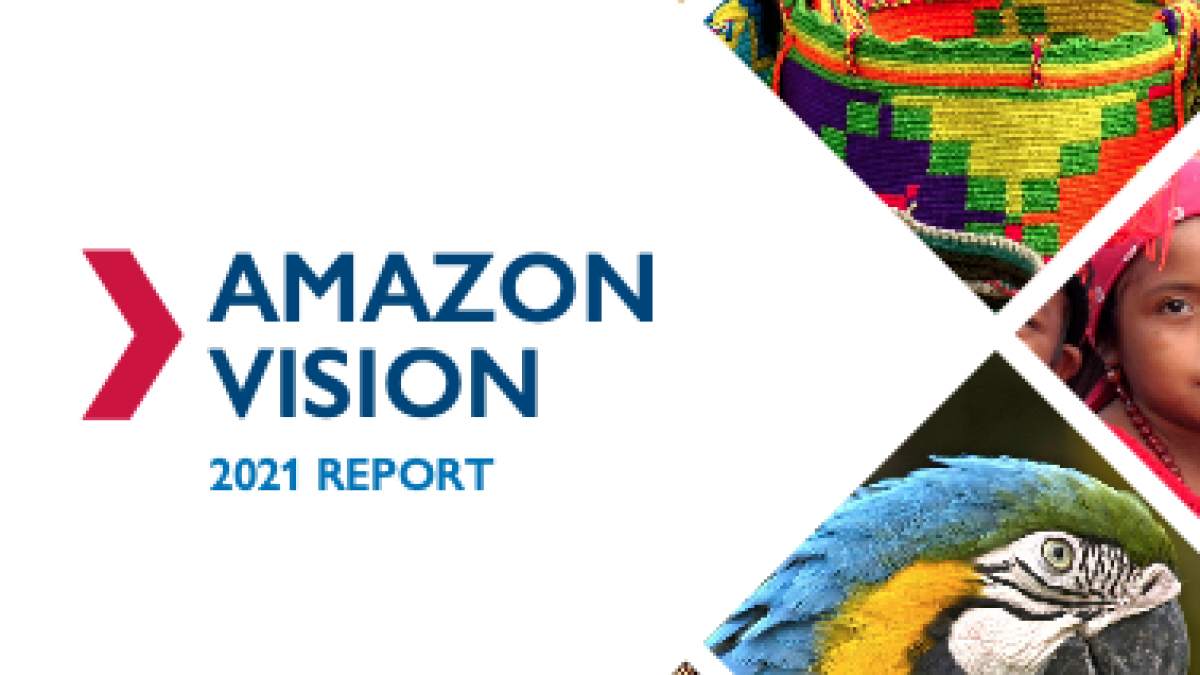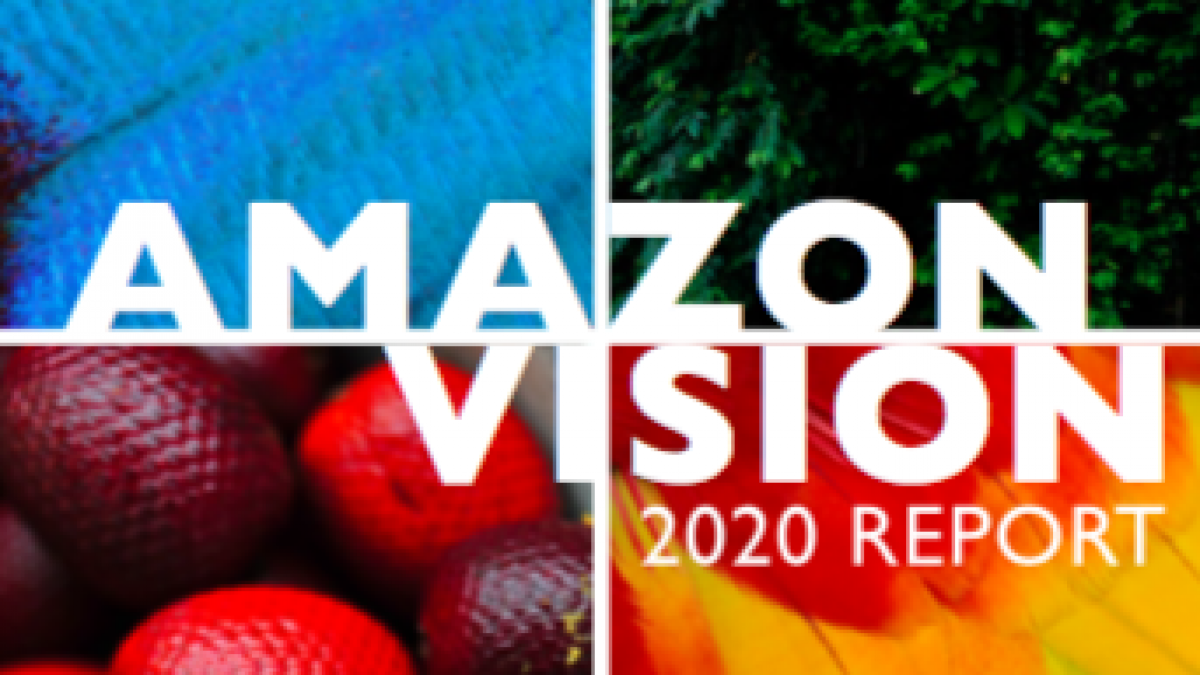Environment
Amazon Regional
Environment Program

USAID envisions a healthy and resilient Amazon Basin that is valued by society, ensures human well-being, and safeguards our global climate. The Amazon Region hosts a third of the world’s known species of plants and animals –many of which do not occur anywhere else– and is home to the largest river system in the world, representing 15 percent of the freshwater feeding the world’s oceans. Unsustainable economic development and illegal extraction of resources is causing contamination and degradation that threaten the entire Amazon ecosystem.
The Amazon forests, and the 1.6 million indigenous people living within the Amazon basin, face the uncontrolled expansion of agriculture, large-scale infrastructure development, small- and large-scale mining, petroleum extraction, and unsustainable logging (both legal and illegal). Warmer temperatures and less rainfall are increasing destructive fires, degrading and destabilizing Amazon ecosystems. As the Amazon region’s fourth largest conservation donor, the U.S. Agency for International Development (USAID) plays an important role in supporting and collaborating with the governments of the region, global and local environmental organizations, civil society groups, and corporations.
The vision of a healthy Amazon depends on achieving four goals: 1) decreasing deforestation, forest degradation, and greenhouse gas emissions; 2) fostering an environmentally friendly economy; 3) protecting key landscapes and species; and, 4) securing the rights, resources and health of forest-dependent communities.
To achieve this vision, USAID promotes sustainable natural forest management, including the creation and improved management of protected areas and indigenous territories. We also help strengthen local, national and cross-border governance systems to support conservation and sustainable development, combat conservation crime, and to generate the scientific evidence needed to understand and address environmental challenges.
To reduce threats to the Amazon’s forests, waters, and peoples, USAID’s Amazon Regional Environment Program (AREP) implements activities across Brazil, Colombia, Ecuador, Guyana, Peru, and Suriname to complement bilateral work in these countries.
AREP has four strategic approaches:
- Support improved representation of indigenous peoples in political and economic governance, promoting their rights, livelihoods, and opportunities.
- Address key drivers of deforestation by developing strategic approaches to conserve biodiversity and reduce greenhouse gas emissions.
- Use science to monitor natural systems, improve decision-making, and address effects of global climate change.
- Promote information sharing and communications among internal and external audiences to build regional knowledge and strengthen strategic approaches to conservation and sustainability.
USAID's Amazon Vision
To address the threats to the Amazon conservation, USAID developed the Amazon Vision in 2016.
The Vision describes, guides, and measures USAID’s investments and conservation impact at a regional scale and encompasses the work of the Amazon Regional Environment Program (AREP), bilateral Missions, and USAID/Washington projects in the Amazon.



